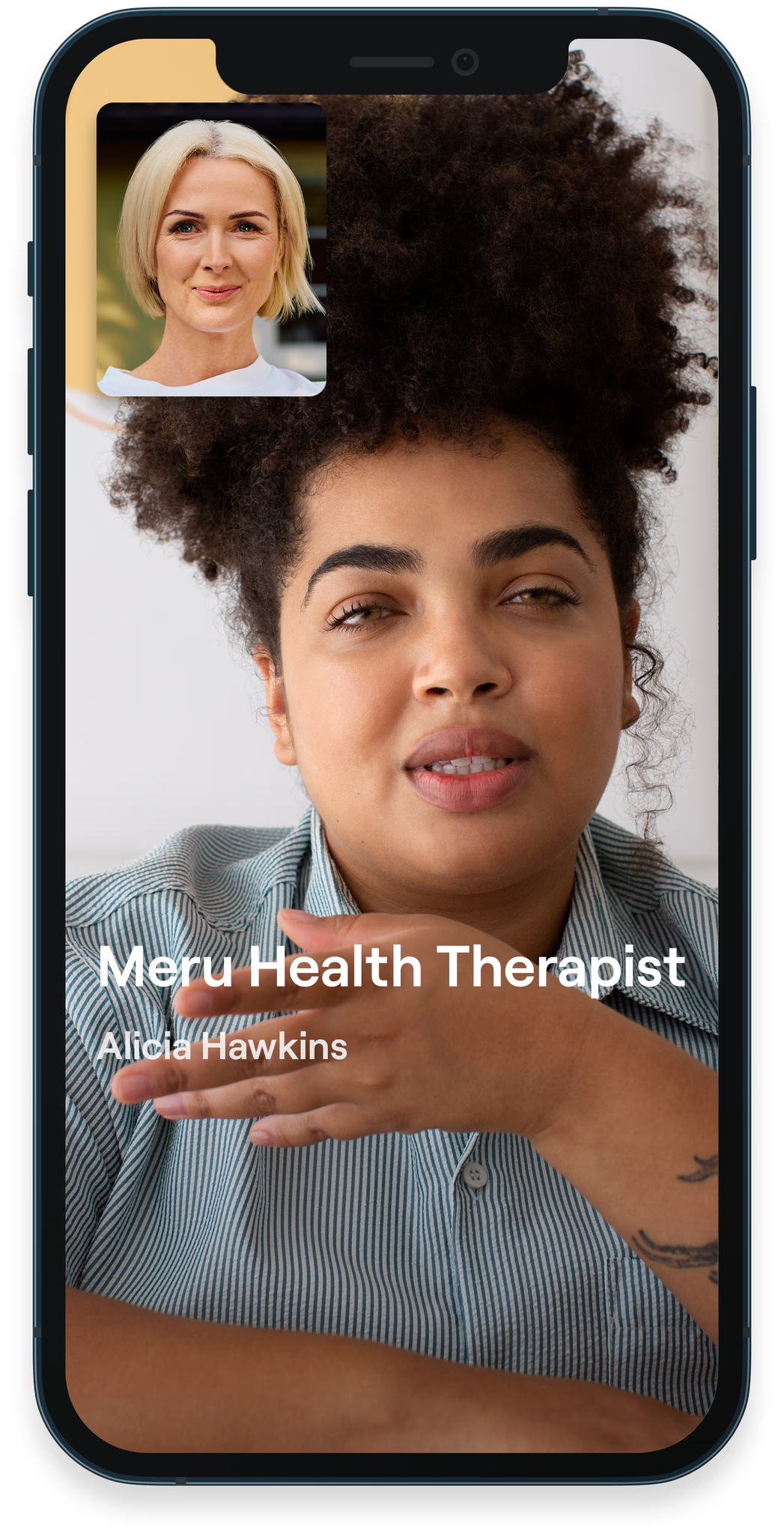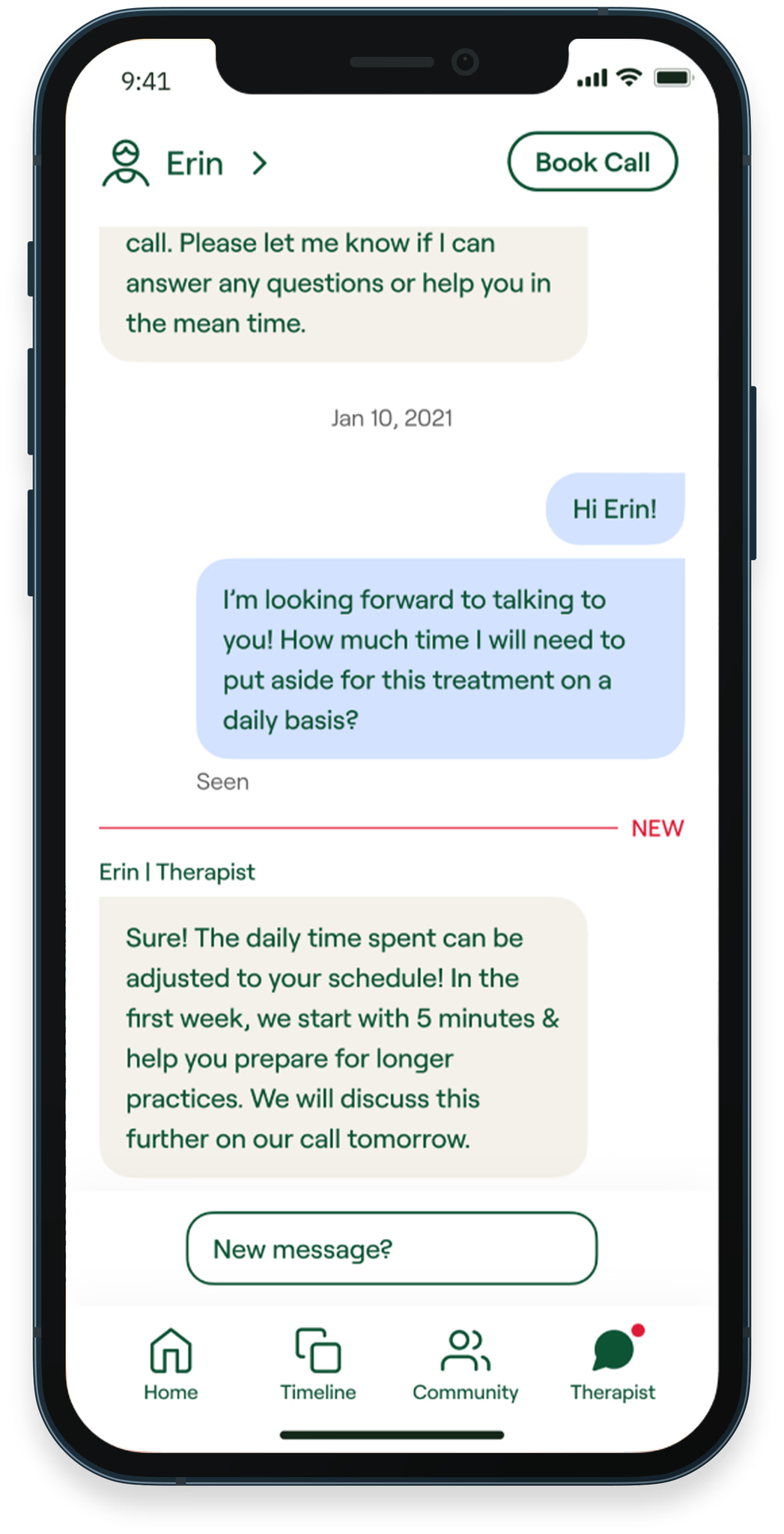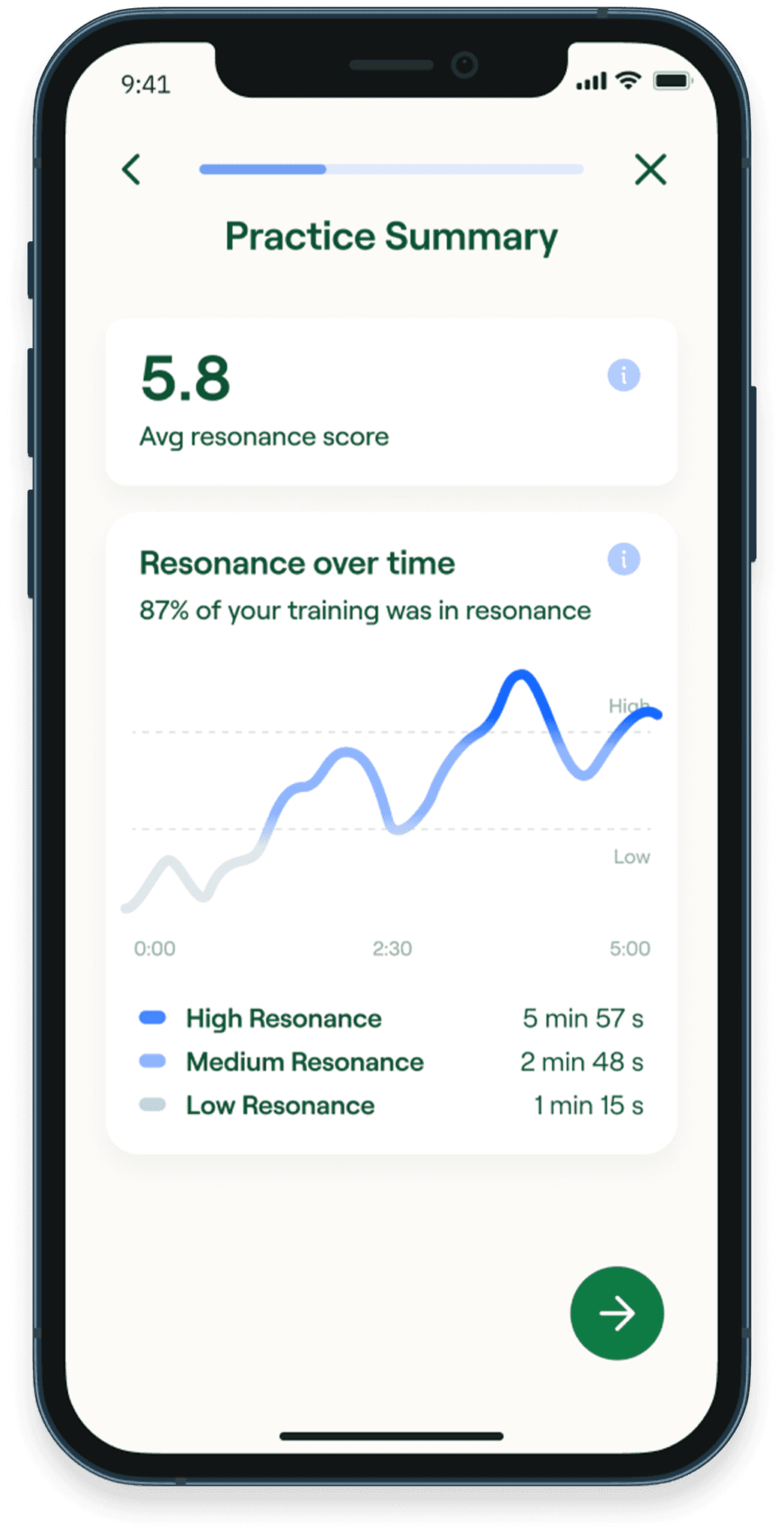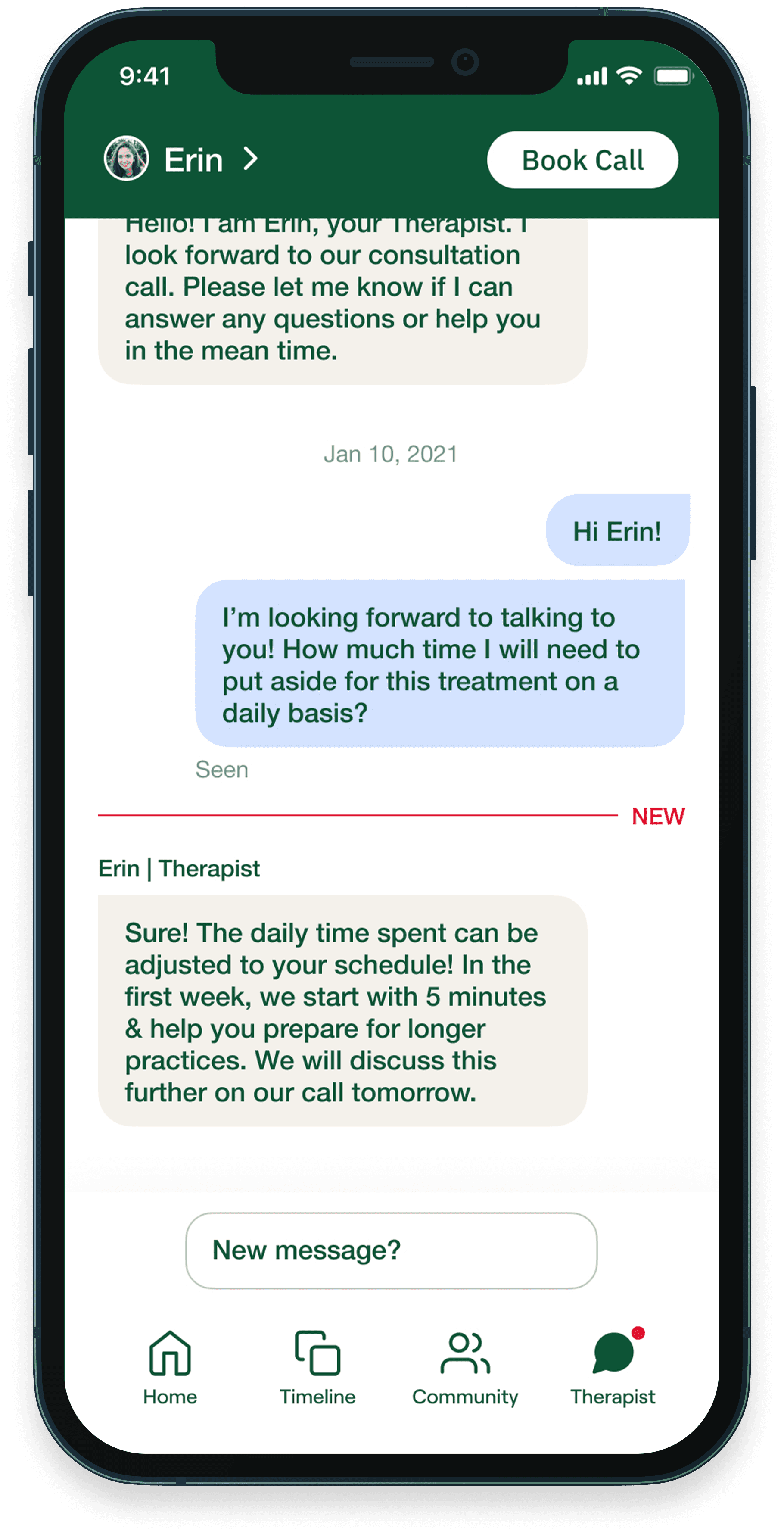Transform your mental health in 12 weeks.
Transform your mental
health in 12 weeks.
This isn’t endless therapy. It’s better.
Meru Health’s structured program combines:
Therapy sessions & unlimited chat
Therapy sessions & unlimited chat
Weekly habit-building lessons
Weekly habit-building lessons
Tools to help reduce stress
Tools to help reduce stress




We accept health insurance:
We accept health insurance:
We accept health insurance:




We also accept self-pay and HSA/FSA.
We also accept self-pay and HSA/FSA.
We also accept self-pay and HSA/FSA.
How Meru Health helps
We meet you where you are—with the right care at the right time for any change or challenge you face.


Dedicated,
personalized care
Meet with your licensed therapist via scheduled video sessions.



Support any time,
anywhere
Get support when and where you need it within the secure chat.



On-demand
wellness
Improve emotional well-being with evidence-based practices—available 24/7.



Track and
reduce stress
Change how you respond to stress with just your breath and a simple device.
See how people like you improved
their well-being
See how people like you improved their well-being
“Meru really was something special. From the beginning, meeting with my therapist Annie, I felt at ease.”
Hillary
“Just six weeks after joining the program, my anxiety and depression had both dropped to below clinical levels.”
Caleb
“This program changed my life and I would recommend it to anyone who is suffering from anxiety and burnout.”
Courtney
“Meru really was something special. From the beginning, meeting with my therapist Annie, I felt at ease.”
Hillary
“Just six weeks after joining the program, my anxiety and depression had both dropped to below clinical levels.”
Caleb
“This program changed my life and I would recommend it to anyone who is suffering from anxiety and burnout.”
Courtney
“Meru really was something special. From the beginning, meeting with my therapist Annie, I felt at ease.”
Hillary
“Just six weeks after joining the program, my anxiety and depression had both dropped to below clinical levels.”
Caleb
“This program changed my life and I would recommend it to anyone who is suffering from anxiety and burnout.”
Courtney
“Meru really was something special. From the beginning, meeting with my therapist Annie, I felt at ease.”
Hillary
“Just six weeks after joining the program, my anxiety and depression had both dropped to below clinical levels.”
Caleb
“This program changed my life and I would recommend it to anyone who is suffering from anxiety and burnout.”
Courtney
“Meru really was something special. From the beginning, meeting with my therapist Annie, I felt at ease.”
Hillary
“Just six weeks after joining the program, my anxiety and depression had both dropped to below clinical levels.”
Caleb
“This program changed my life and I would recommend it to anyone who is suffering from anxiety and burnout.”
Courtney
“Meru really was something special. From the beginning, meeting with my therapist Annie, I felt at ease.”
Hillary
“Just six weeks after joining the program, my anxiety and depression had both dropped to below clinical levels.”
Caleb
“This program changed my life and I would recommend it to anyone who is suffering from anxiety and burnout.”
Courtney
“Meru really was something special. From the beginning, meeting with my therapist Annie, I felt at ease.”
Hillary
“Just six weeks after joining the program, my anxiety and depression had both dropped to below clinical levels.”
Caleb
“This program changed my life and I would recommend it to anyone who is suffering from anxiety and burnout.”
Courtney
“Meru really was something special. From the beginning, meeting with my therapist Annie, I felt at ease.”
Hillary
“Just six weeks after joining the program, my anxiety and depression had both dropped to below clinical levels.”
Caleb
“This program changed my life and I would recommend it to anyone who is suffering from anxiety and burnout.”
Courtney
“Meru really was something special. From the beginning, meeting with my therapist Annie, I felt at ease.”
Hillary
“Just six weeks after joining the program, my anxiety and depression had both dropped to below clinical levels.”
Caleb
“This program changed my life and I would recommend it to anyone who is suffering from anxiety and burnout.”
Courtney
Getting started is easy as…

1. Choose your therapist and book a video call
Schedule your first video session with your licensed therapist.

2. Discuss your struggles with your therapist
Download the app for your first video session

3. Decide if your program is right for you
Begin your 12-week program with 1:1 support every step of the way.

1. Choose your therapist and book a video call
Schedule your first video session with your licensed therapist.

2. Discuss your struggles with your therapist
Download the app for your first video session

3. Decide if your program is right for you
Begin your 12-week program with 1:1 support every step of the way.

1. Choose your therapist and book a video call
Schedule your first video session with your licensed therapist.

2. Discuss your struggles with your therapist
Download the app for your first video session

3. Decide if your program is right for you
Begin your 12-week program with 1:1 support every step of the way.

1. Choose your therapist and book a video call
Schedule your first video session with your licensed therapist.

2. Discuss your struggles with your therapist
Download the app for your first video session

3. Decide if your program is right for you
Begin your 12-week program with 1:1 support every step of the way.
Get to know
Meru Health
Get to know
Meru Health
Get to know
Meru Health
Get to know Meru Health
Your mental health isn’t just mental—it’s physical, too. That’s why we connect the mind and body through a complete approach that addresses the root causes of stress, anxiety, and depression.
Your mental health isn’t just mental—it’s physical, too. That’s why we connect the mind and body through a complete approach that addresses the root causes of stress, anxiety, and depression.
Your mental health isn’t just mental—it’s physical, too. That’s why we connect the mind and body through a complete approach that addresses the root causes of stress, anxiety, and depression.
Meru Health vs. traditional therapy



Our program,
your results
Our program,
your results
We partner with major research institutions to validate the quality of our treatment.
We partner with major research institutions to
validate the quality of our treatment.
You can feel your best, too.
You can feel your best, too.












of members feel better in just 12 weeks.
of members are in remission for symptoms of depression and anxiety.
It’s your mental health journey, but you’re never alone
It’s your mental health journey, but you’re never alone
It’s your mental health journey, but you’re never alone
With expertise in a range of mental health needs, our licensed therapists support you from start to finish.
With expertise in a range of mental health needs, our licensed therapists support you from start to finish.
With expertise in a range of mental health needs, our licensed therapists
support you from start to finish.








Who we serve:
See how Meru Health can help you
Individuals
Talk to your personal therapist within a week.
Transform your well-being long term.
Talk to your personal therapist within a week.
Transform your well-being long term.
Health plans
Add Meru Health to your plan, improve outcomes, and bill through claims.
Add Meru Health to your plan, improve outcomes,
and bill through claims.
Have questions about Meru Health?
We’re here to help.
Get your most pressing questions about Meru Health answered.
How does Meru Health differ from face-to-face therapy?
Meru Health is a clinically proven therapy program that can be accessed from your smartphone. It includes personalized care from a dedicated licensed therapist, self-paced lessons and guided activities, a biofeedback device to help you connect mind and body, and support from an anonymous community. Unlike traditional face-to-face therapy, Meru Health is a continuous digital program: you’ll get new exercises on the platform daily that you can do at your own pace right from your smartphone. You can also talk with your therapist anytime, even daily, via secured in-app chat. Your therapist is always available to support you and guide you through the program. Studies show that mental health isn’t just mental. Nutrition, sleep, and even simple breathing directly impact your mental health. Our holistic program focuses on daily activities and practices to deliver superior and long-lasting results. Our program participants find it 67% more effective than traditional therapy.
What is the time commitment for the Meru Health program?
Are Meru Health therapists licensed?
How do I interact with my therapists?
Will my information be private?
How does Meru Health differ from face-to-face therapy?
Meru Health is a clinically proven therapy program that can be accessed from your smartphone. It includes personalized care from a dedicated licensed therapist, self-paced lessons and guided activities, a biofeedback device to help you connect mind and body, and support from an anonymous community. Unlike traditional face-to-face therapy, Meru Health is a continuous digital program: you’ll get new exercises on the platform daily that you can do at your own pace right from your smartphone. You can also talk with your therapist anytime, even daily, via secured in-app chat. Your therapist is always available to support you and guide you through the program. Studies show that mental health isn’t just mental. Nutrition, sleep, and even simple breathing directly impact your mental health. Our holistic program focuses on daily activities and practices to deliver superior and long-lasting results. Our program participants find it 67% more effective than traditional therapy.
What is the time commitment for the Meru Health program?
Are Meru Health therapists licensed?
How do I interact with my therapists?
Will my information be private?
How does Meru Health differ from face-to-face therapy?
Meru Health is a clinically proven therapy program that can be accessed from your smartphone. It includes personalized care from a dedicated licensed therapist, self-paced lessons and guided activities, a biofeedback device to help you connect mind and body, and support from an anonymous community. Unlike traditional face-to-face therapy, Meru Health is a continuous digital program: you’ll get new exercises on the platform daily that you can do at your own pace right from your smartphone. You can also talk with your therapist anytime, even daily, via secured in-app chat. Your therapist is always available to support you and guide you through the program. Studies show that mental health isn’t just mental. Nutrition, sleep, and even simple breathing directly impact your mental health. Our holistic program focuses on daily activities and practices to deliver superior and long-lasting results. Our program participants find it 67% more effective than traditional therapy.
What is the time commitment for the Meru Health program?
Are Meru Health therapists licensed?
How do I interact with my therapists?
Will my information be private?
How does Meru Health differ from face-to-face therapy?
Meru Health is a clinically proven therapy program that can be accessed from your smartphone. It includes personalized care from a dedicated licensed therapist, self-paced lessons and guided activities, a biofeedback device to help you connect mind and body, and support from an anonymous community. Unlike traditional face-to-face therapy, Meru Health is a continuous digital program: you’ll get new exercises on the platform daily that you can do at your own pace right from your smartphone. You can also talk with your therapist anytime, even daily, via secured in-app chat. Your therapist is always available to support you and guide you through the program. Studies show that mental health isn’t just mental. Nutrition, sleep, and even simple breathing directly impact your mental health. Our holistic program focuses on daily activities and practices to deliver superior and long-lasting results. Our program participants find it 67% more effective than traditional therapy.
What is the time commitment for the Meru Health program?
Are Meru Health therapists licensed?
How do I interact with my therapists?
Will my information be private?
If you've made it this far, take a deep breath
If you've made it this far, take a deep breath
If you've made it this far, take a deep breath
Deep, controlled breathing reduces stress by telling your nervous system to relax.
Here’s a sample. Try it. You’ll feel better.
The science behind this is well established, and we apply it through heart rate variability and guided breath work.
Deep, controlled breathing reduces stress by telling your nervous system to relax.
Here’s a sample. Try it. You’ll feel better.
The science behind this is well established, and we apply it through heart rate variability and guided breath work.
Deep, controlled breathing reduces stress by telling your nervous system to relax.
Here’s a sample. Try it. You’ll feel better.
The science behind this is well established, and we apply it through heart rate variability and guided breath work.





